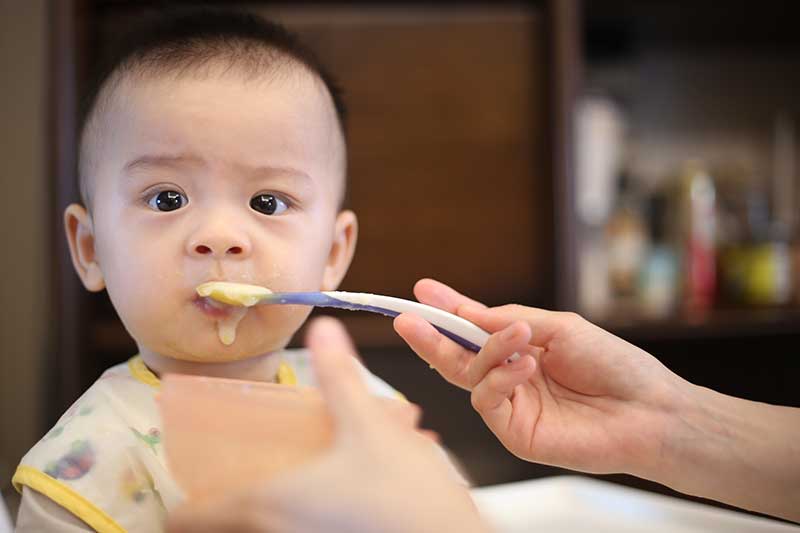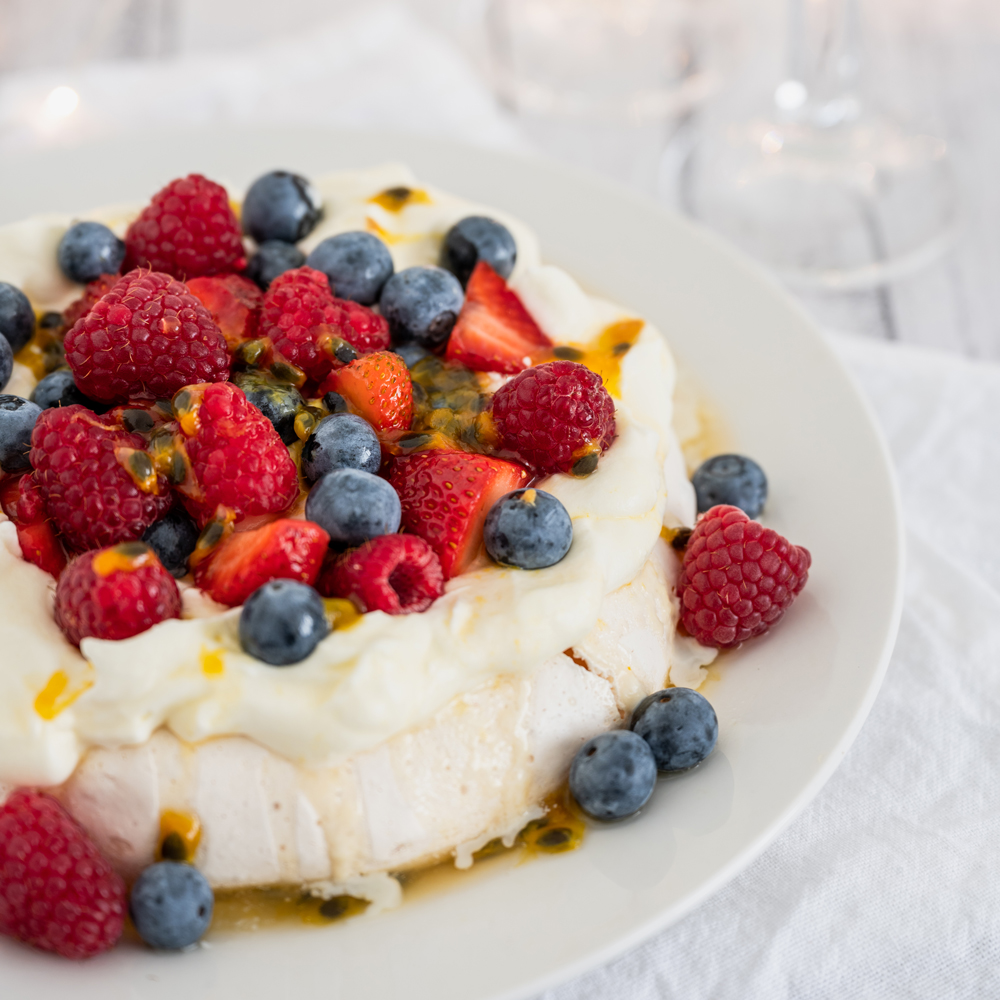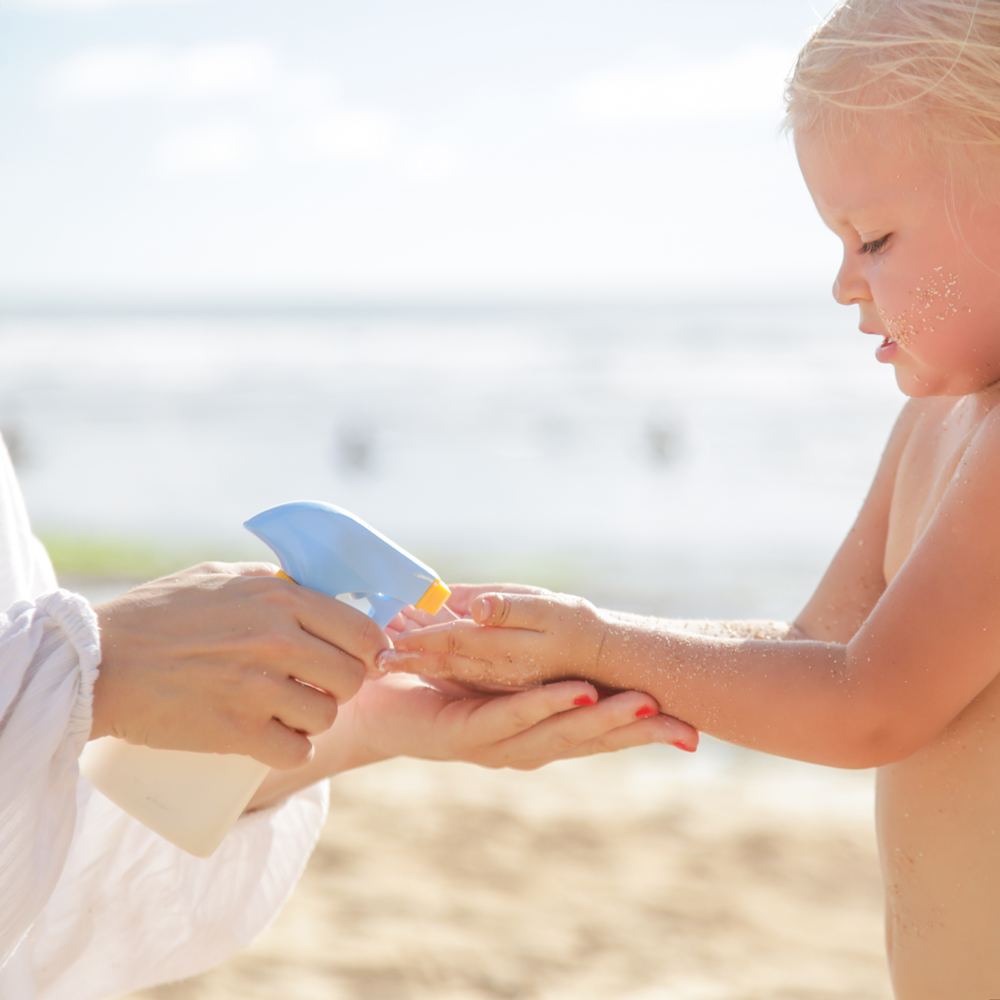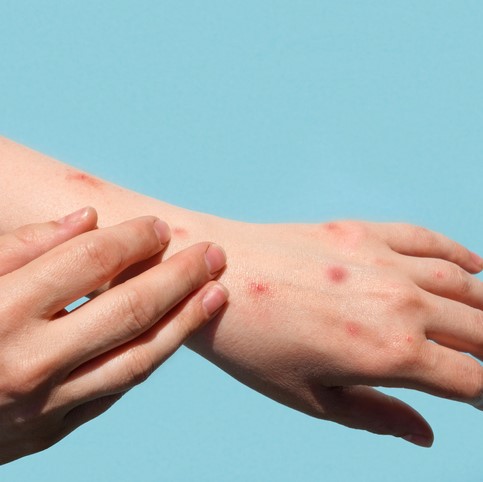The Difference Between Traditional Purées VS Baby-Led Weaning

Understanding the two approaches to introducing solids to your baby and how to decide which option – or whether a mixture of both – is best for your whānau.
TRADITIONAL WEANING
Traditional weaning is when a baby is gradually introduced to solid food in purée form through spoon-feeding. Essentially, a purée is when food has been cooked and then blended into the consistency of a liquid or paste. It is a safe way to teach your baby to comfortably swallow a thicker texture (compared with breast milk) and introduce them to new flavours.
As the baby gets older and used to eating solid food, they can increasingly be offered purée that is thicker or lumpier in consistency, more like a mash, before shifting to finger foods. The current advice from the Ministry of Health (MOH) is to start solids by offering your baby puréed foods on a spoon around the age of six months.
Benefits:
-
Purée is regarded as a safe first food texture for babies.
-
Homemade purée is highly likely to be highly nutrient-dense.
-
The parent or caregiver feeding the baby will know how much food their baby has consumed.
-
It is easy to provide the baby with iron-rich purées (a key nutrient for babies from six months old).
BABY-LED WEANING (BLW)
Baby-led weaning is when a baby is introduced to solid food in finger food form from the outset. Instead of someone else spoon-feeding purée meals, babies doing BLW are given suitably-sized food that their family is eating to self-feed.
Note: At present there is limited scientific research about the safety and benefits of baby-led weaning. The MOH is currently unable to recommend baby-led weaning as more research is required to determine if it is a developmentally and nutritionally safe practice.
Benefits:
-
Offers a more sensorial experience of touching and tasting the food.
-
Supporters suggest that it provides more opportunity for motor skill development.
-
Proponents of BLW suggest babies have better appetite control as they are able to self-feed.
-
Allows a baby to learn to chew their food and then swallow.
-
Promotes eating meals as a family.
If you choose to practise baby-led weaning with your pēpi, it’s important to do so safely. You should:
- Ensure your baby can sit unassisted, and is capable of picking up food and bringing it to their mouth.
- Offer foods that are soft and able to be squashed on the roof of the mouth with the tongue, in the first month or two of starting solids.
- Follow advice on how to minimise the risk of choking by offering your baby foods that are appropriate for their development and supervising them while eating.
- Offer your baby iron-rich foods each day.



